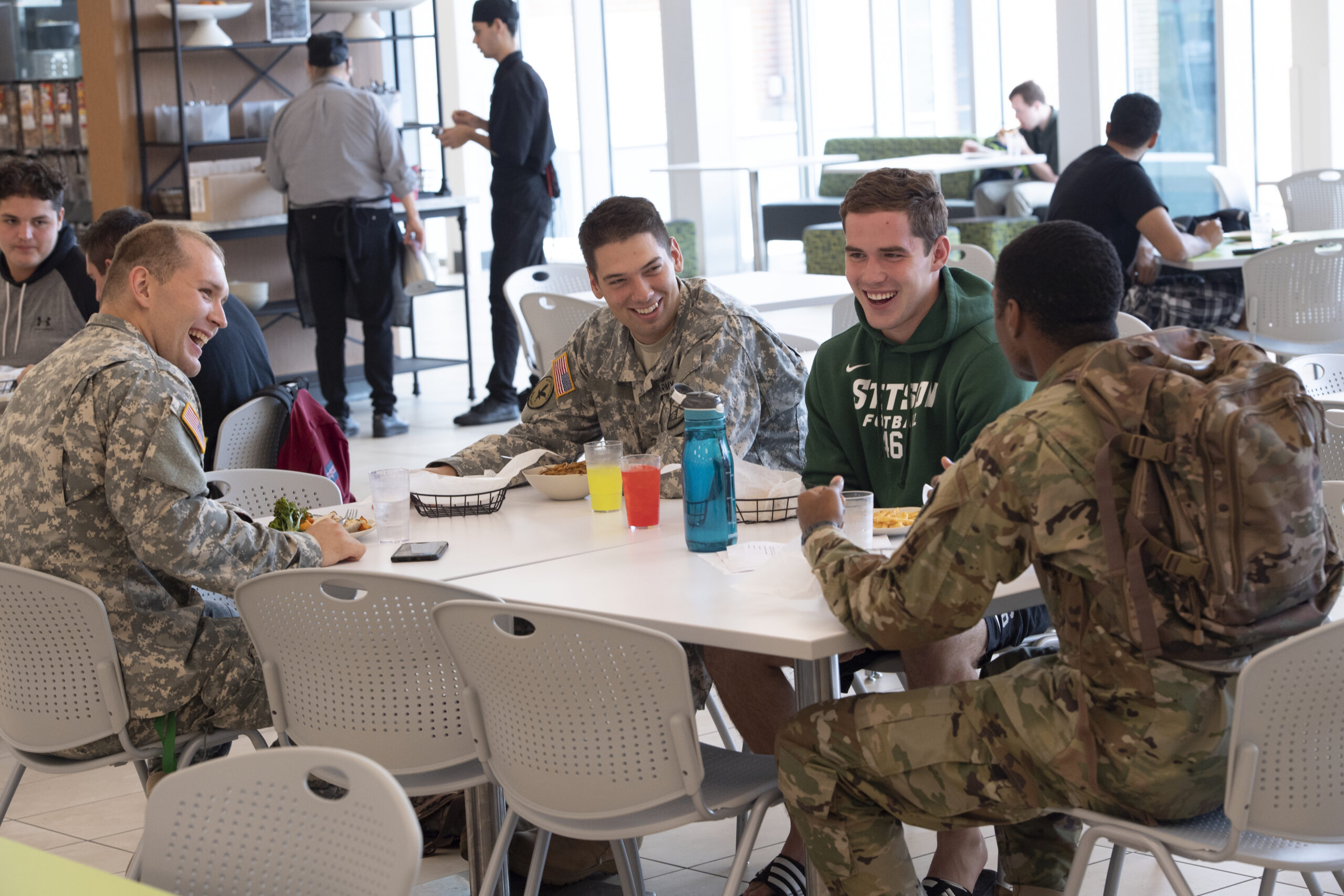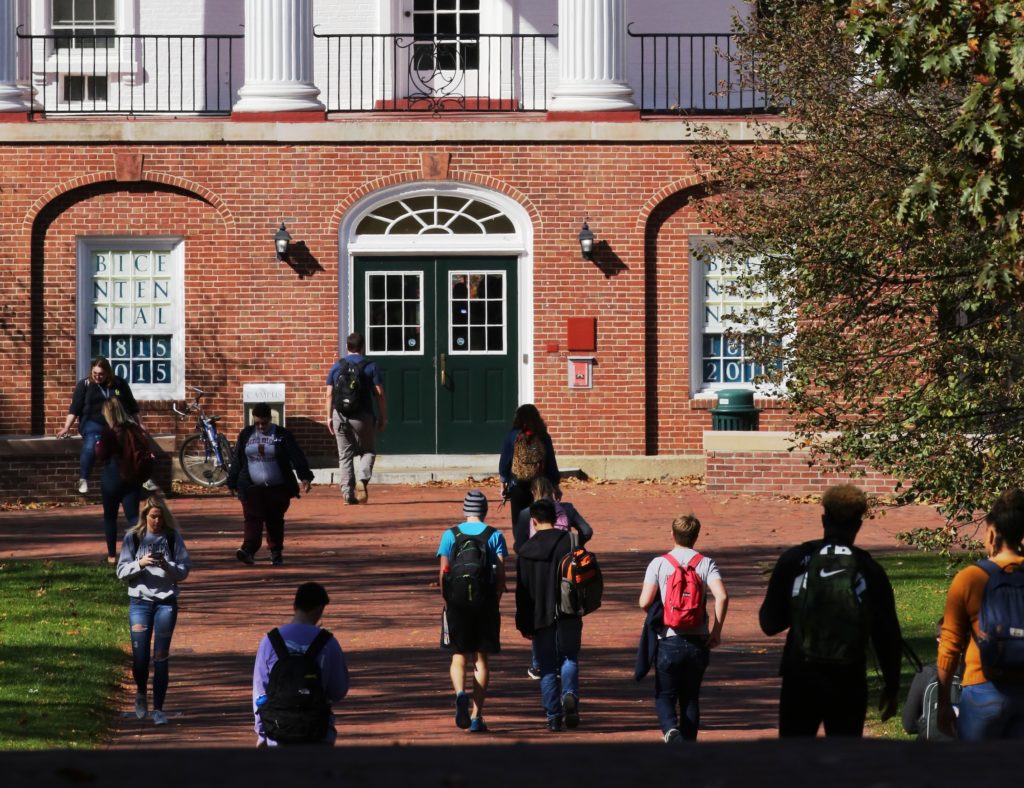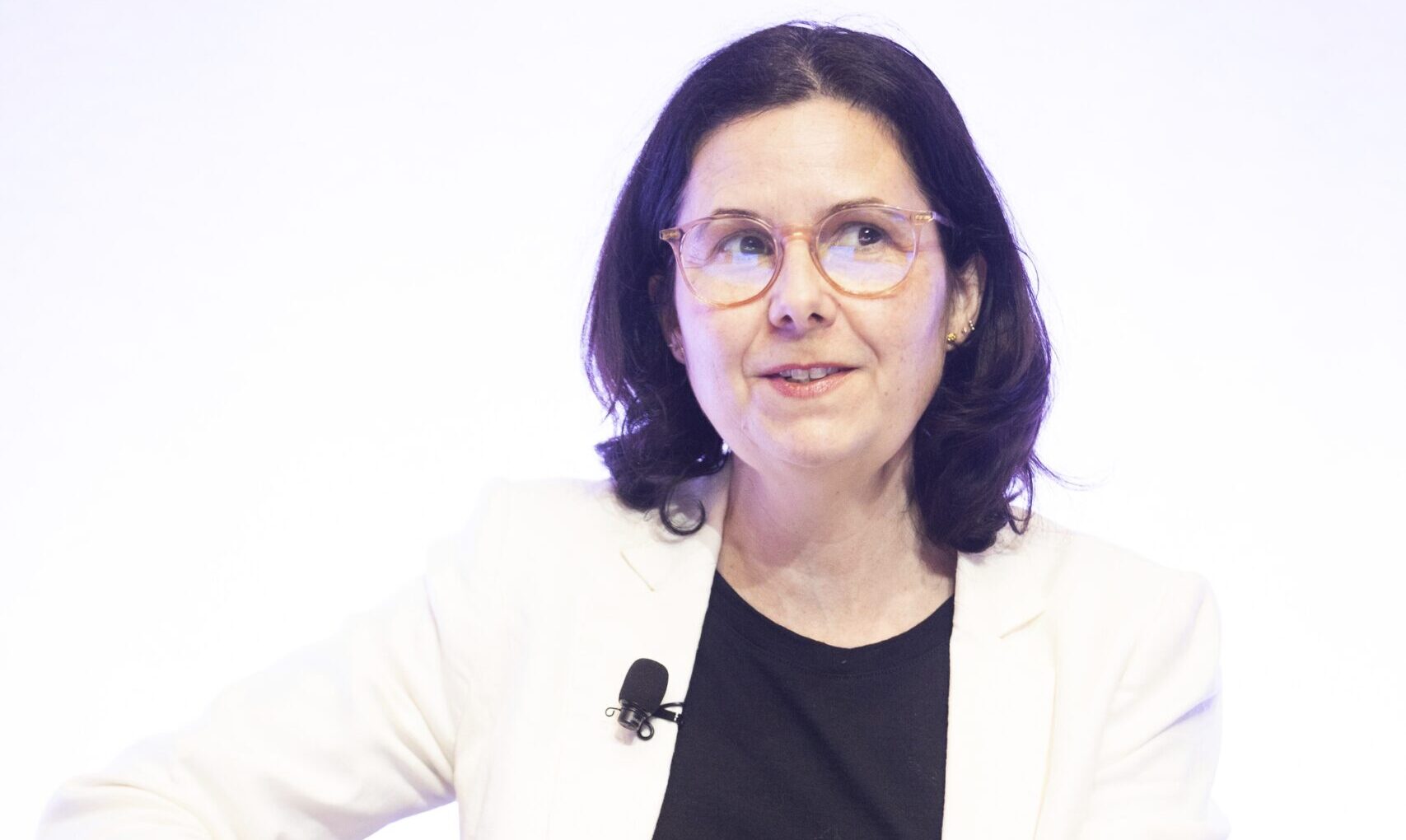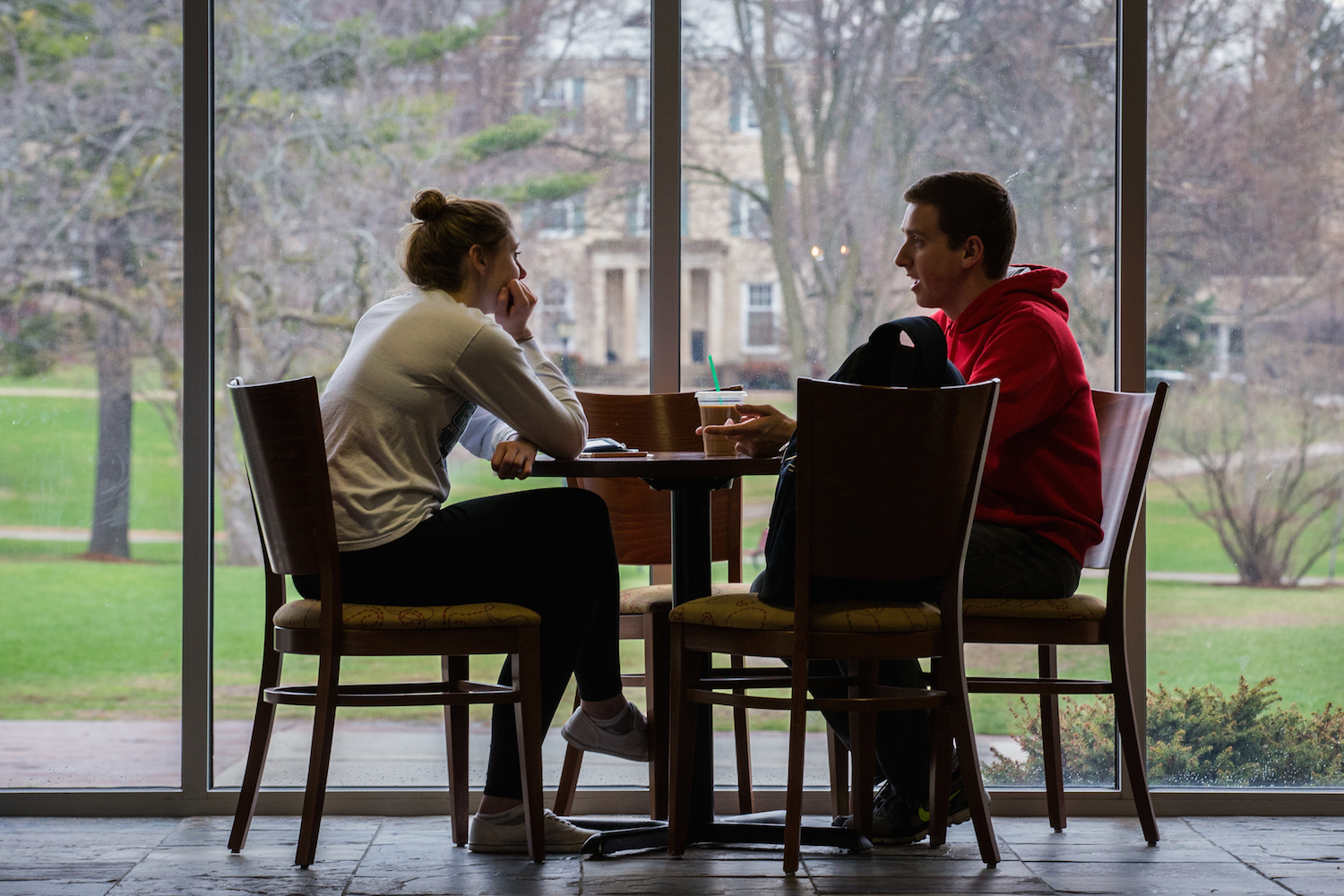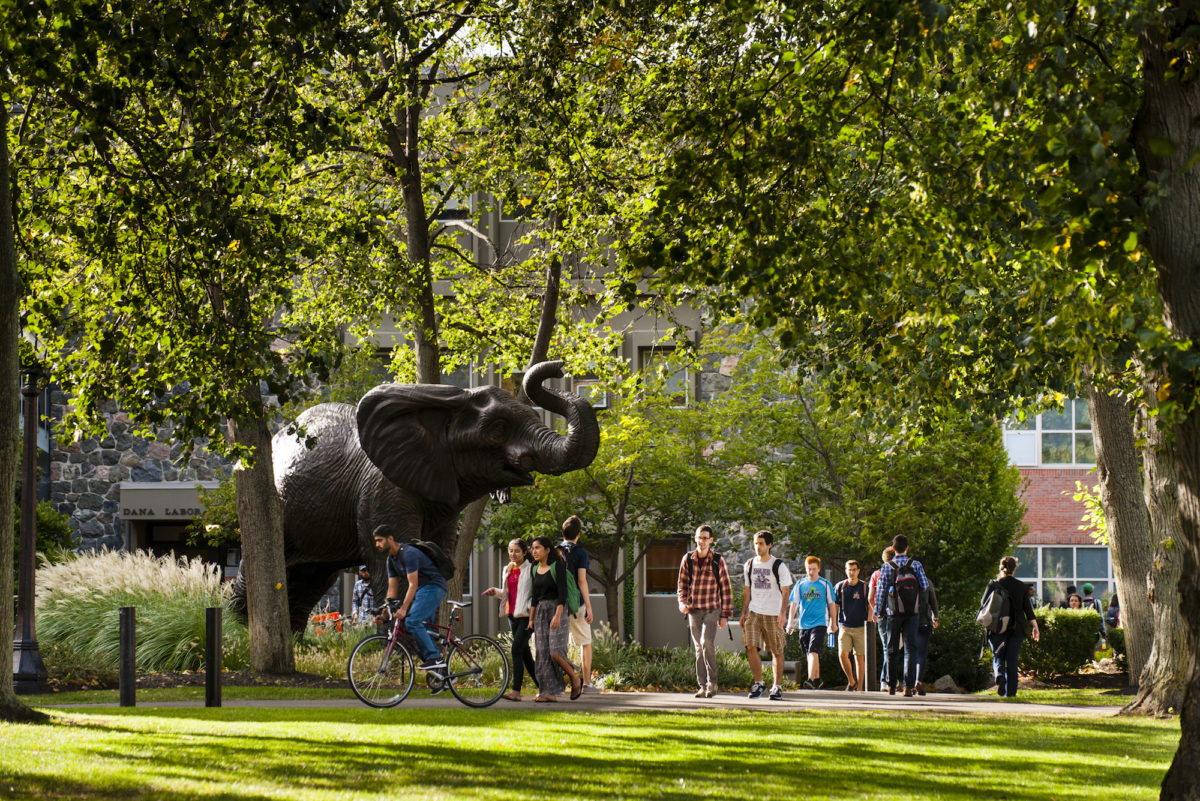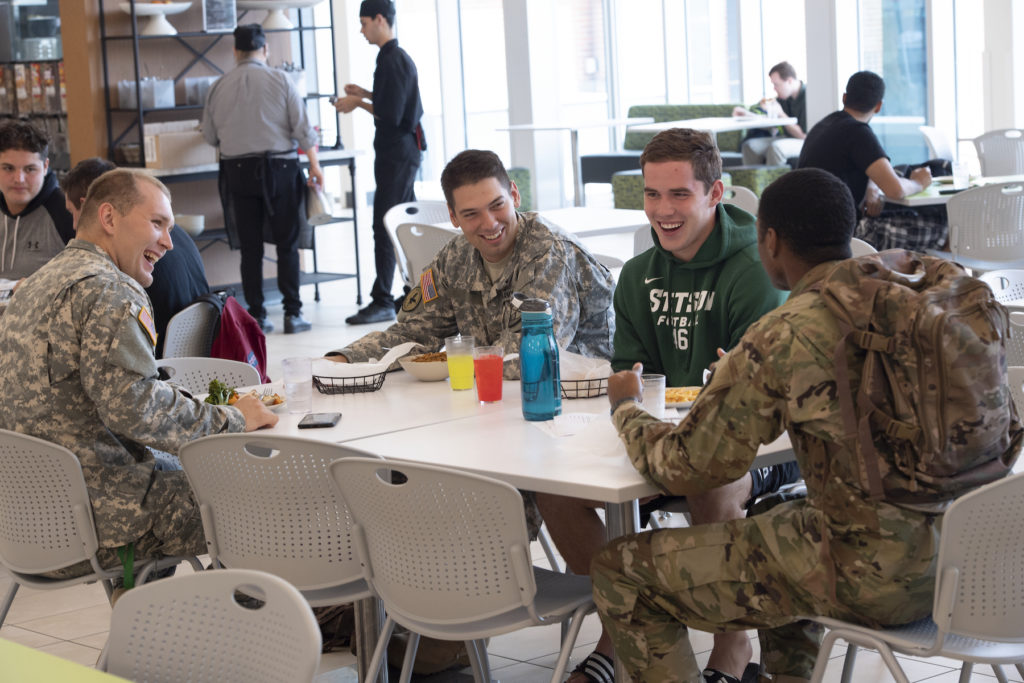This Veterans Day, we’re reminded that honoring service means more than recognition; it’s a shared responsibility. Colleges and universities play a vital role in translating appreciation into action by working with community and employer partners to expand access, reduce barriers, and build clear, accelerated pathways for veterans to thrive before, during, and after their postsecondary education.
Each year, about 200,000 service members transition out of active duty. They bring with them leadership, discipline, and adaptability, qualities employers consistently say they need most. For many veterans, the first stop is college, supported by the Post-9/11 GI Bill. But not all want, need, or can afford to wait for a four-year degree to launch their next chapter. The real question is: How do we ensure veterans don’t miss the job-ready pathways already reshaping the workforce?
The challenge of underemployment and the demand for talent
On the surface, veterans appear to be doing well; unemployment among former service members is approximately 3% in comparison to non-veterans at 3.9%. But the picture changes when we look deeper. Nearly one in three veterans is underemployed, working in roles that don’t fully use their skills or pay family-sustaining wages. The compressed 180-day transition window, during which service members must make rapid choices about careers, finances, and education, makes it harder to align strengths with opportunity. Veterans who do not find meaningful employment or education in that first year risk long-term financial instability and lower lifetime earnings.
At the same time, labor market demand makes the case urgent. Employers in healthcare, cybersecurity, advanced manufacturing, logistics, and clean energy face acute shortages. More than a million cybersecurity roles are currently unfilled, and clean energy jobs grew nearly 4% last year. Veterans, who bring technical expertise, leadership, and adaptability, are uniquely positioned to step into these roles if their skills are translated and recognized in ways that match employer needs.
A moment of opportunity
Across the country, alternative career pathways are gaining momentum. Apprenticeships, certificates, industry certifications, and work-integrated learning programs are offering faster, lower-cost routes into well-paid jobs. National efforts to expand registered apprenticeships highlight just how far the U.S. has to go compared with peer nations. If even a fraction of community college students were connected to apprenticeships, hundreds of thousands of new slots could open roles where veterans’ discipline and readiness give them a natural advantage.
At the same time, higher education is recalibrating. Undergraduate enrollment has dropped by more than a million students since 2019, while institutions are investing in short-term credentials and competency-based programs. Senior leaders are deeply concerned about the public perception of the value of college and their institutions’ long-term financial viability, with nearly eight in ten presidents citing public trust as a major issue. Those concerns are not abstract: by 2032, an estimated 18.4 million experienced workers with postsecondary education are expected to retire, creating urgent pressure to prepare the next generation. Veterans are well-positioned to help fill this gap if institutions translate military learning into both degrees and short-term credentials.
If institutions recognize and apply military learning through credit for prior learning (CPL) and short-term credential pathways, they can accelerate veterans’ success while rebuilding confidence in the relevance of higher education itself. ACE supports this effort through Military Guide, which helps colleges translate military training into academic credit, and through expanding frameworks for CPL that ensure quality and equity in how experience counts. These tools make it possible for veterans to see their service recognized as learning and for institutions to meet learners where they are.
A call to action
This convergence of policy momentum, employer demand, and institutional innovation creates a rare window of opportunity. The traditional “college-for-all” approach is showing its limits, with more than half of four-year graduates underemployed a year after graduation. For veterans, the stakes are even higher. Transition is a once-in-a-lifetime moment to align skills, benefits, and pathways.
Employers: Don’t overlook veteran talent. Create or expand apprenticeships and structured on-ramps that recognize military skills. Veterans bring discipline, adaptability, and leadership—traits every sector needs to stay competitive. They also carry official military transcripts that document their training and education, which can be mapped directly to specific skills and competencies. Military job titles and occupational codes however can be deceiving in the civilian market. Demystifying those roles and challenging stereotypes is essential to avoid overlooking highly qualified candidates. Leveraging veterans’ records and experiences can shorten onboarding, reduce training costs, and ensure they are matched to roles where they can thrive.
Higher education: Build shorter, stackable programs that honor prior learning gained through military service and beyond. Military transcripts and experience can serve not only as transfer credit but also as tools for admissions decisions, prerequisite fulfillment, and course waivers, accelerating time to completion. Just as important, institutions should recognize that many veterans are looking to pivot into entirely new career fields. By meeting veterans where they are, higher education can both close critical skills gaps and strengthen enrollment while rebuilding public trust.
Credential providers: Ensure certifications are accessible, affordable, and aligned with industry demand. You are uniquely positioned to bridge the federal government, corporate America, learners, and higher education institutions, making pathways clearer and faster for veterans. In your validation processes, include recognition of military and prior learning so veterans can more easily demonstrate their competencies and translate service-earned experience into credentials with immediate labor market value.
Turning appreciation into action
Veterans bring unmatched skills, experience, and determination, but they shouldn’t have to navigate their next chapter alone. Employers, higher education, and credential providers each have a role to play in creating faster, more transparent, and career-aligned pathways that turn potential into progress.
Higher education has always been central to the American narrative, a source of opportunity, innovation, and community strength. Its next chapter depends on unlocking the full potential of every learner, especially those who have proudly served. When institutions, employers, and credential organizations work in concert, we transform gratitude into real pathways.
For example, Dixon Center for Military and Veterans Services has long championed a “united in purpose” approach, offering technical assistance, resource-sharing, and leadership to amplify veteran-serving efforts across all sectors. Their work underscores the importance of collective responsibility: honoring service not just with words, but with system-wide action. As one example, the center led an effort to formulate and administer the Trucking Business Academy, which mustered colleges, industry leaders, and other nonprofits to chart a comprehensive curriculum for truck drivers to successfully build their own businesses.
This Veterans Day, honoring military service means building pathways forward. By opening clearer, faster, and more trusted routes to learning and work and by aligning across sectors, we can ensure veterans don’t just find jobs. They lead the way in shaping the future of education, workforce development, and national resilience.
If you have any questions or comments about this blog post, please contact us.

